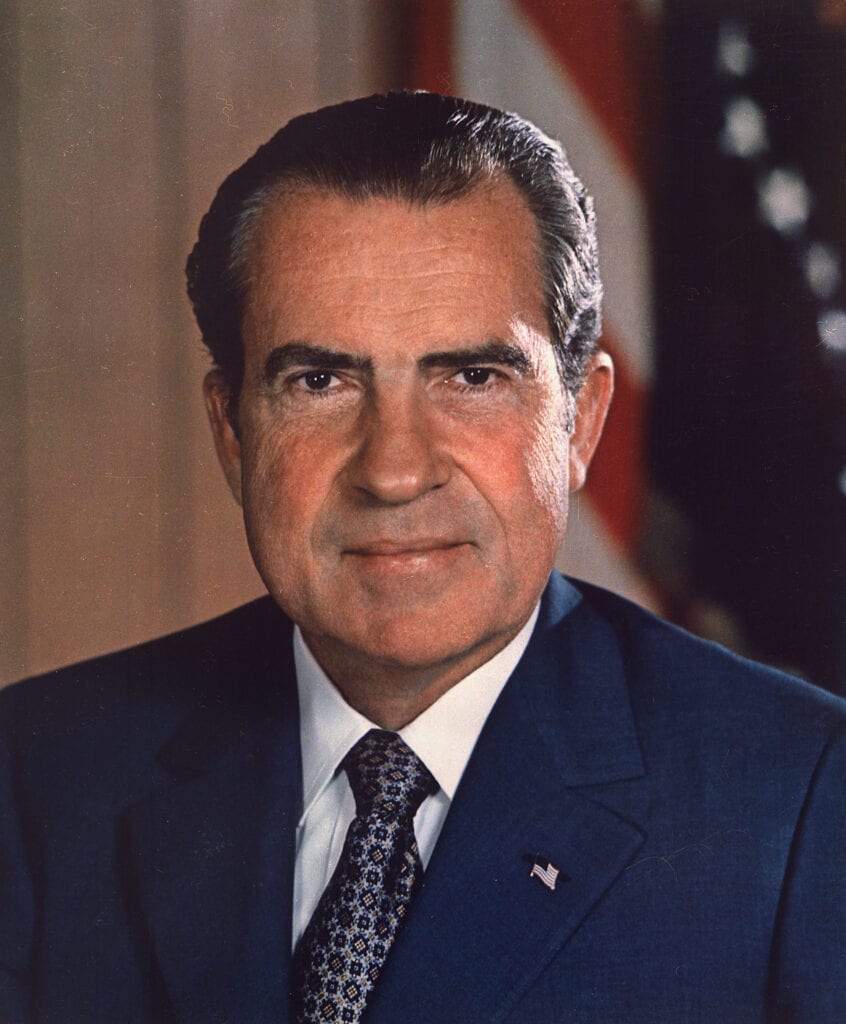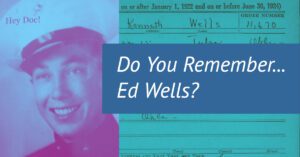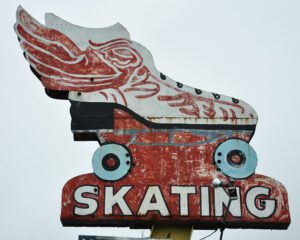Richard Milhous Nixon was born on January 9, 1913, in Yorba Linda, California, the second of five sons of Francis Anthony Nixon—who earned a meager living running a grocery store and gas station—and his wife, Hannah Milhous Nixon. It is widely thought his parents’ angst over their economic circumstances instilled in young Nixon a strong sense of ambition.

After graduating third in his high school class, Nixon attended Whittier College, where he exhibited excellent debating skills and was elected president of the student body before graduating summa cum lade in 1934. A classmate once quipped that Nixon was “the hardest-working man I ever met,” however, his somber personality earned him the nickname, “Gloomy Gus.” In 1937, he earned a law degree from Duke University School of law where he was head of the student bar association and graduated second in his class.
Nixon was admitted to the California bar in 1937. He began practicing in Whittier with the law firm Wingert and Bewley, working on commercial litigation for local petroleum companies and other corporate matters, as well as on wills. Nixon was reluctant to work on divorce cases, disliking frank sexual talk from women.
In 1940, Nixon married Thelma Catherine “Pat” Ryan, who he met while participating in a local theater group. The couple had two daughters, Patricia, and Julie.
In January 1942 the couple moved to Washington, D.C., where Nixon took a job at the Office of Price Administration.
He was appointed lieutenant junior grade in the U.S Naval Reserve on June 15, 1942. On June 1, 1953, he was promoted to commander in the U.S. Naval Reserve, from which he retired in the U.S. Naval Reserve on June 6, 1966.
Following World War 2, Nixon began his political career in 1946 by defeating a five-term Democratic incumbent to represent his California district in the U.S. House of Representatives.
Nixon was re-elected to Congress in 1948 and two years later, in 1950, won a seat in the U.S. Senate.
His popularity among conservative Republicans increased in spite of his attacks on alleged Communists and political opponents. In 1952, General Dwight Eisenhower selected the first-term senator to be his vice-presidential running mate.
Eisenhower and Nixon won the presidential election of 1952 and were re-elected in 1956. In 1960, Nixon won the Republican Presidential nomination but lost one of the closest elections in American history to U.S. Senator John F. Kennedy. Nixon asserted that the press disliked him and had slanted campaign coverage in favor of his “handsome and wealthy opponent.”
Afterward, he returned home to California, where he practiced law and launched an unsuccessful campaign for governor in 1962. After losing the governor’s race, a somewhat bitter Nixon told reporters, “You won’t have Nixon to kick around anymore.”
Nixon made an astonishing political comeback by defeating Democrat Hubert Humphrey and third-party candidate George Wallace in the 1968 presidential election.
He took office at a time of social and political unrest in the U.S. The American public was deeply divided over the Vietnam War. Women marched for equal rights and racial violence shook the nation’s cities.
The Nixon administration vigorously prosecuted anti-war protesters and ordered the FBI, CIA, NSA, and other intelligence agencies to monitor radical groups. Nixon also introduced anti-crime measures which included no-knock warrants and other provisions that concerned many civil libertarians. Nixon became the first president to emphasize drug control and established the Drug Enforcement Administration, and is responsible for the current criminal classification of Cannabis.
His achievements as president include revenue sharing, the end of the draft, new anticrime laws, and a broad environmental program. As he had promised, he appointed conservative justices to the Supreme Court. In 1972, Nixon flew to Beijing and met with Mao Zedong, leading to normalizing relations with China. His summit meetings with Soviet Union Leonid Brezhnev produced a nuclear weapons treaty.
In January 1973, he announced a peace accord with North Vietnam that ended American involvement in Indochina. Although the last American combat troops left Vietnam in March of that year, the fighting continued. in 1975 North Vietnam conquered South Vietnam and reunited the country under Communist rule.
In 1972, Nixon, who labeled his opponent as “too far left,” defeated South Dakota Senator George McGovern by one of the widest margins in history. However, the jubilation was short-lived. In the following months, his administration was embroiled in what was soon called the Watergate scandal, resulting from a break-in at the offices of the Democratic National Committee at the Watergate office complex during the 1972 campaign. Nixon’s apparent fear of failing goes back to Duke Law school. Afraid his grades were faltering, Nixon broke into the Dean’s office to view his transcript. The Watergate break-in was linked to Nixon campaign officials, and Nixon himself denied any personal involvement. But when the Supreme Court ordered him to release private tape recordings he had made in the Oval Office, they proved that he had, indeed, tried to quelch the investigation and thus obstruct justice. Several other members of the administration were convicted of crimes related to Watergate.
Faced with impeachment, Nixon announced on August 8, 1974, that he would resign the next day to begin “that process of healing which is so desperately needed in America.”
Vice-President Gerald Ford who became his successor pardoned Nixon, sparing the disgraced POTUS a criminal trial and possible incarceration.
Nixon died on April 22, 1994, at the age of 81 in New York City, after suffering a stroke. He leaves a mixed legacy, some thought he was a respected elder statesman. Others, however, viewed him as a disgraced criminal.










